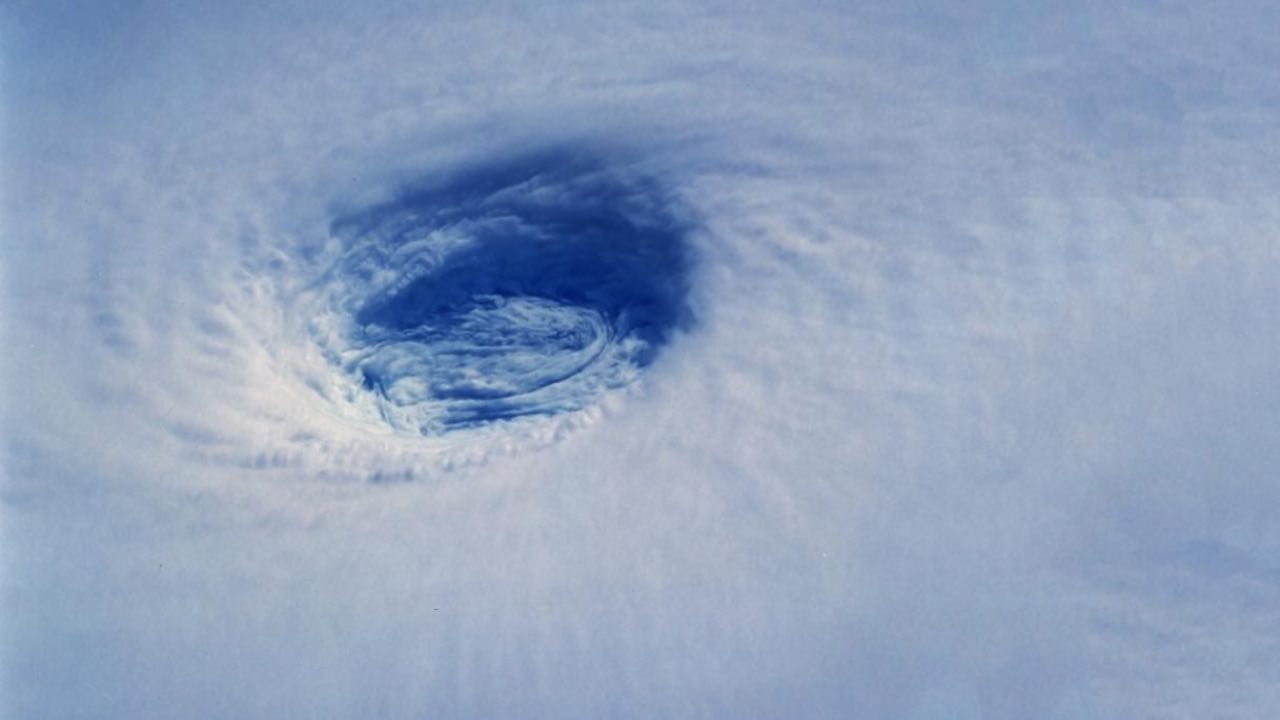A large hole in the sky is of interest to scientists around the world. It opened in the sky, what is it about?
Hole in the sky – travel.nanopress.it
Incredible news from the scientific world is sending experts from all over the world into an uproar. Indeed, worrying news arrives every day about the consequences of climate change, which are affecting the animal world, the seas and the quality of the air we breathe. The news we are reporting today speaks to us instead of a hole that is literally obsessing experts from all over the world. What is it about? Let’s find out together.
A big hole in the sky worries scientists, that’s what it would be
Every day millions of scientists around the world monitor our planet. Especially in this historical period in which there is much talk of the consequences of climate changes on the whole Earth.
Changes that risk seriously damaging the planet in the long term and that are already making themselves felt with serious consequences on the climate. This time it is to cause a stir a big hole in the sky. From the moment it was noticed, it has been of great concern to scientists all over the world.
To explain what it is, it is good to talk about a famous hole, one that we all know. We are referring to the ozone hole. A phenomenon caused by a reduction in the thickness of the ozone layer, or the one that protects us from UV rays, in the atmosphere. Why does this thinning happen? This is a consequence of the release of chlorofluorocarbon gases into the atmosphere.
A big hole in the sky – Viaggi.nanopress.it
What we know today, and which has been explained to us in different ways, is that this ozone hole is currently over the South Pole, expanding by 5% every 10 years. The continuous release of pollutants continuously worsens the situation, mainly due to the use of refrigerated systems and polluting cans.
Experts have always tried to raise awareness about this issue. If in the long run the ozone layer continues to decrease, obviously this will cause the radiation that reaches the earth’s surface to increase exponentially. A small part of it is non-harmful radiation, but in larger quantities could alter the balance of the biosphere of the entire planet. Well, according to scientists there would be a second ozone hole in our atmosphere.
Something that if confirmed could have a disastrous impact on the world population. This is revealed by a study by Professor Qing Bin Lu of the University of Waterloo.
The University of Waterloo Ozone Study
The study is very precise and speaks clearly. The second hole would have been there undisturbed for about 40 years. Not only that, because it is seven times larger than that hitherto known. The professor himself explains it through the pages of the specialized magazine AIP Advances.
Where is it? Apparently it is located in the tropics. Very serious therefore if we think that the tropical area constitutes half the earth’s surface. And this therefore leads to having to analyze how UV radiation is changing, also going to influence health risks. We know well what the sun damages our skin and the diseases it can cause.
How was it identified? The research examined the annual changes in ozone, compared with the temperature changes of the last ten years. A real shock, because if this discovery were confirmed, it would question what was known until now about this phenomenon. And indeed, other experts are skeptical.
A second hole in the ozone layer? – travel.nanopress.it
In fact, there are those who speak of imprecise measurements, which do not draw on the previous literature which explains and documents the modifications of ozone in the various regions of the atmosphere.
Indeed, a Leeds professor, Martyn Chipperfield, described himself as skeptical and surprised. He speaks of controversial results, the veracity of which could be questioned. The major objection to Qing Bin Lu’s studies is mainly that this change in ozone levels in the tropics had never been evident before in other studies.
And according to Leeds, news of this kind should never depend on just one studio. Therefore, before affirming with certainty the existence of a second hole in the ozone layer, careful checks will be necessary. For now what is certain is the method used by Lu. The team studied the ozone depletion mechanism initiated by an electronic reaction, triggered by cosmic rays over about two decades.
So we will now have to wait for new specifications to consider the reliability of this statement. Experts around the world naturally hope that this research is just the result of a big blunder.
